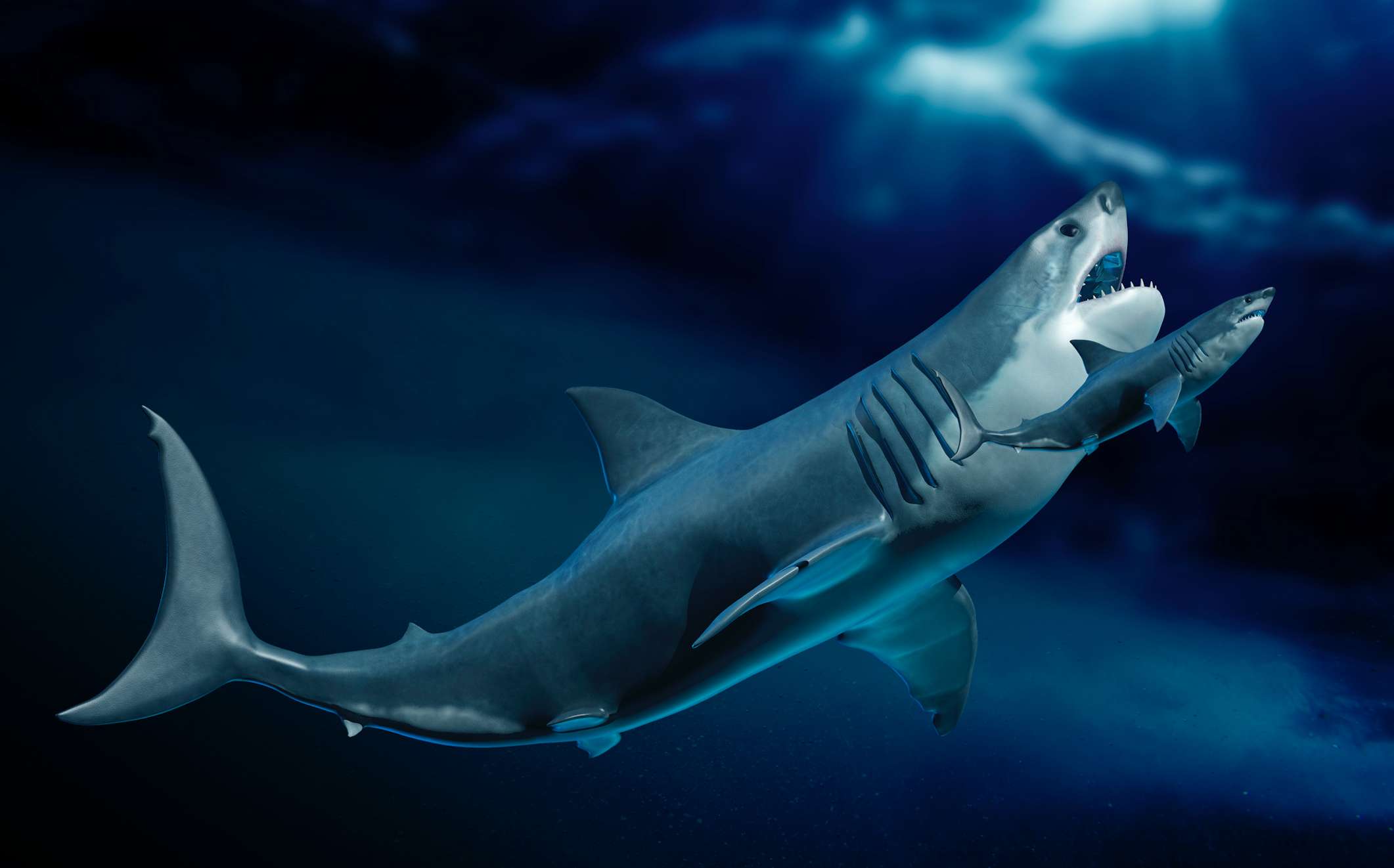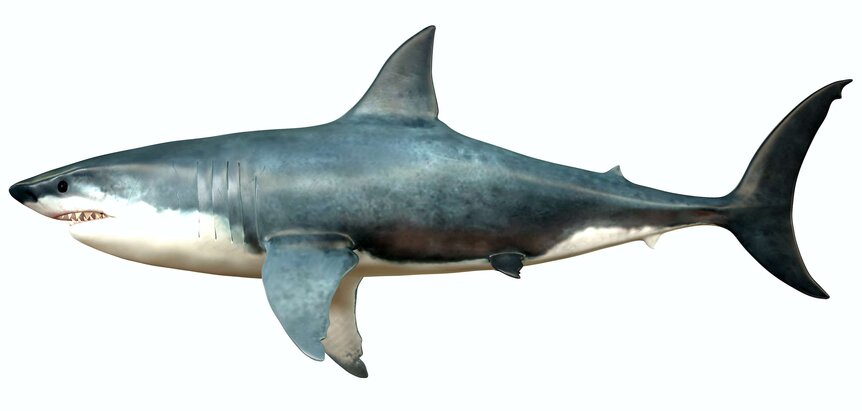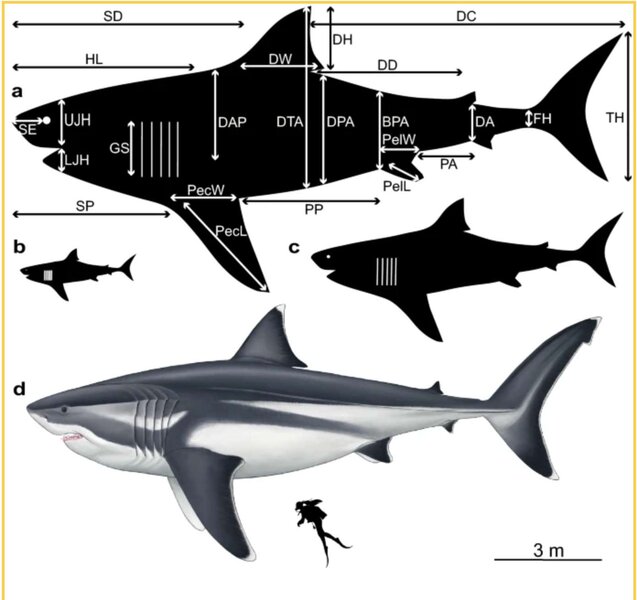Create a free profile to get unlimited access to exclusive videos, sweepstakes, and more!
Toothy new study sizes up the true measure of the ancient Megalodon shark

Anyone who's seen the blockbuster Hollywood film Meg knows that Megalodon, the colossal prehistoric shark featured in the movie, was one ginormous fish that dwarfed most ocean vessels and cut an imposing figure as it silently cruised for helpless prey to devour.
But until recently, scientists have only estimated the overall length of this terrifying apex predator that swam the primeval waters of Earth some 20 million years ago during the Early Miocene period. With only fossilized teeth leftover to determine its full bodily dimensions, paleontologists have struggled to provide a an accurate measurement of its particular parts.
Now a new research paper coming out of the University of Bristol and Swansea University and published in the online journal Scientific Reports has unveiled what's stated to be the true measurements of the rest of its immense shark body, including a pair of massive pectoral fins the size of a fully grown human.
Led by Jack Cooper at the University of Bristol's School of Earth Sciences and joined by colleagues from Bristol and Swansea, the team employed mathematical methods to nail down the exact size and proportions of this ancient leviathan, choosing close comparisons to a variety of modern relatives with similar ecological and physiological characteristics to the mighty Meg.
This enormous project was overseen by shark expert Dr. Catalina Pimiento of Swansea University, with participation by Professor Mike Benton and Dr. Humberto Ferrón of Bristol.
"I have always been mad about sharks," Cooper revealed. "As an undergraduate, I have worked and dived with Great Whites in South Africa — protected by a steel cage of course. It's that sense of danger, but also that sharks are such beautiful and well-adapted animals, that makes them so attractive to study. Megalodon was actually the very animal that inspired me to pursue paleontology in the first place at just six years old, so I was over the moon to get a chance to study it. This was my dream project. But to study the whole animal is difficult considering that all we really have are lots of isolated teeth."
Previous studies and measurement predictions of Otodus megalodon only focused on Carcharodon carcharias, aka the Great White, but Cooper and his crew also added five living sharks into the equation for a more accurate assessment. Normal Great Whites mostly top out at approximately 20 feet long and carry a bite capable of two tons of force.
"Before we could do anything, we had to test whether these five modern sharks changed proportions as they grew up," adds Professor Benton. "If, for example, they had been like humans, where babies have big heads and short legs, we would have had some difficulties in projecting the adult proportions for such a huge extinct shark. But we were surprised, and relieved, to discover that in fact that the babies of all these modern predatory sharks start out as little adults, and they don't change in proportion as they get larger."
Using projected growth curves, results of this new paper indicate that Megalodon was even larger than expected and spanned 52 feet from tip to tail, with an SUV-sized head measuring 15 feet long, a 5-foot-tall dorsal fin, and a tail that stood nearly 13 feet high.
"Megalodon is not a direct ancestor of the Great White but is equally related to other macropredatory sharks such as the Makos, Salmon shark and Porbeagle shark, as well as the Great White," Dr. Pimiento offered. "We pooled detailed measurements of all five to make predictions about Megalodon."
The team's sizable findings represent a huge leap forward in a more accurate reconstruction of Megalodon's titanic form. This new research also delivers a greater grasp of the creature's physiology and perhaps a clue to the elements that made it vulnerable to eventual extinction just 3.6 million years ago.





























